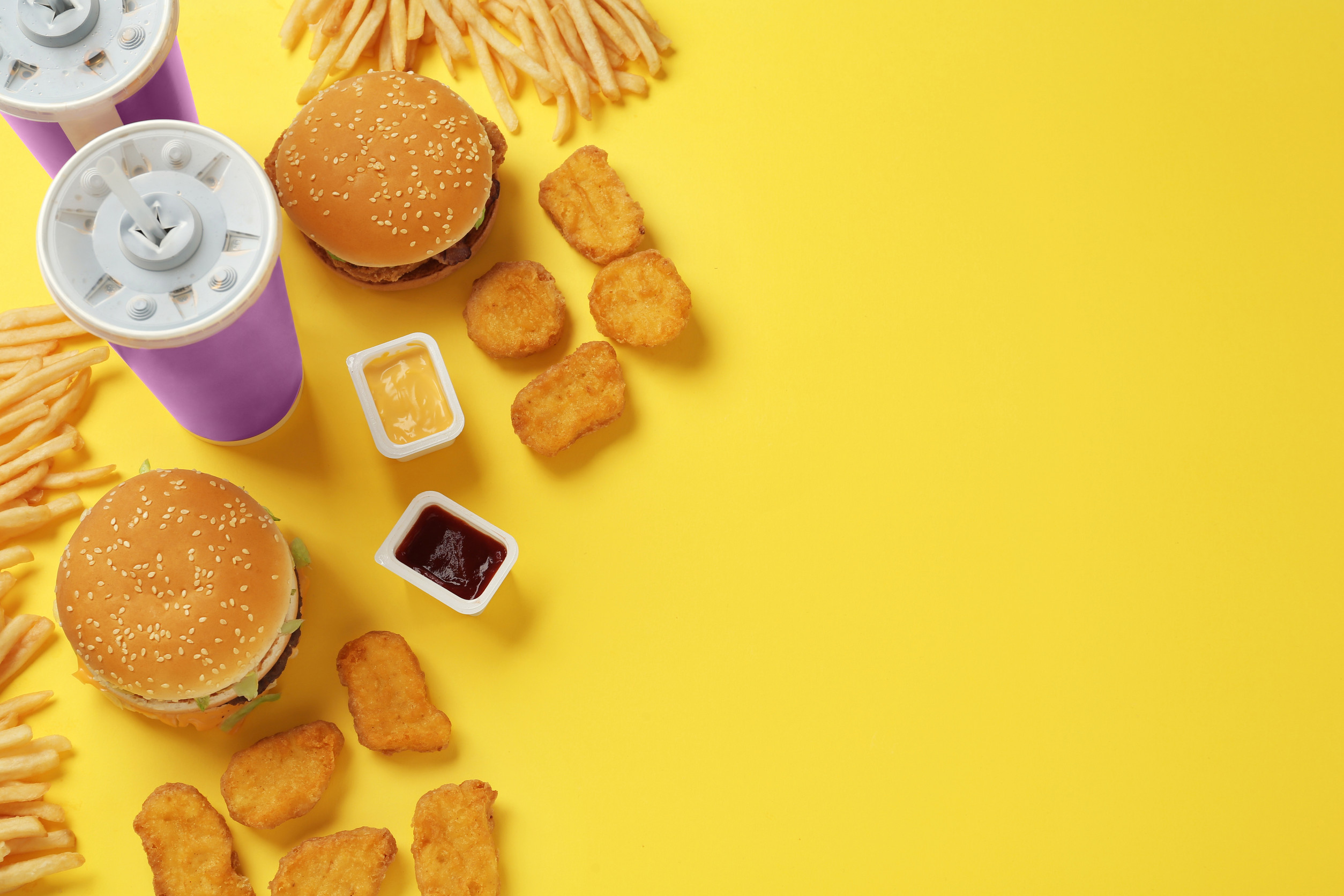Fast food restaurants offer convenience, quick meals, and accessibility, but they’ve also become unintended hotspots for crime. Reports of parking lot attacks have been increasing across the country, with certain chains appearing more vulnerable than others. While businesses focus on customer safety inside, parking lots remain risk-prone areas where thefts, assaults, and confrontations frequently occur.
Understanding where and why these incidents happen is the first step in staying safe. Here’s a closer look at the fast food chains most affected by parking lot crime in 2025 and how both customers and the industry are responding.
McDonald’s
McDonald’s remains the most visited fast food chain in the U.S., but high foot traffic also means high exposure to crime. Urban locations, especially in cities like Chicago, Atlanta, and Los Angeles have been the setting for incidents ranging from carjackings to violent altercations.
Many McDonald’s locations operate 24/7, making them targets for opportunistic criminals. Despite security measures like surveillance systems, the open layout of these lots often leaves customers vulnerable during off-peak hours.
Wendy’s
Wendy’s has also seen an increase in reports of parking lot attacks, particularly at locations near highways and high-traffic intersections. Individuals waiting for mobile orders in their cars have reported being approached by strangers with malicious intent.
Some franchises have started collaborating with local police to improve patrols during high-risk hours. For example, a recent incident in Atlanta led to calls for increased security measures after multiple reported robberies at fast food restaurants in the area.
Taco Bell
Taco Bell parking lots, especially those open late into the night, have become hubs for unruly behavior and even organized crime. Some locations are reportedly being used as meetup spots for car theft rings or vandalism.
Additionally, gatherings of late-night crowds—often involving alcohol—have escalated into violent encounters. A notable example occurred in Houston, where a group targeted customers in the parking lot for robbery.
Popeyes
Popeyes’ recent surge in popularity has unfortunately coincided with a rise in parking lot confrontations. Long drive-thru lines and slow service have led to heated disputes, some of which escalated into physical altercations.
In addition to customer conflicts, some locations have seen an uptick in vehicle break-ins. In Philadelphia, police have warned customers to stay alert as certain areas have become hotspots for theft.
Burger King
Burger King locations near public transit stops or suburban areas have become common sites for loitering, leading to increased crime risks. Some incidents involve disputes that begin online and escalate in these parking lots, turning fast food restaurants into battlegrounds.
Franchise owners in high-crime areas are responding by installing better lighting, improving surveillance systems, and working with police departments to enhance security. A recent initiative by Burger King aims to reduce loitering and improve customer safety across major cities.
Jack in the Box
Jack in the Box, particularly in western states like Nevada and Arizona, has become a frequent target for robberies. With 24-hour operations, many locations see a steady stream of customers, some of whom are alone and distracted—making them prime targets for crime.
Police reports from Las Vegas detail multiple incidents where individuals were assaulted while walking to or from their vehicles. In response, some stores have added panic buttons and external security personnel during peak hours.
Checkers and Rally’s
Checkers and Rally’s locations tend to have smaller, isolated parking lots due to their drive-thru-only model, making them particularly vulnerable to crime. Customers waiting for food in their vehicles for long periods have reported attacks, particularly in areas with poor visibility.
Some locations have developed reputations as “no-go zones” after dark, leading franchise owners in cities like Atlanta to install additional cameras and work more closely with local law enforcement.
Why Fast Food Parking Lots Are Crime Targets
There’s no single reason why fast food parking lots have become crime hotspots, but several overlapping factors contribute to the trend:
- High foot traffic: The sheer volume of customers makes certain locations more attractive for criminals.
- Late-night hours: Limited staffing and fewer witnesses provide opportunities for bad actors.
- Distracted customers: People using mobile apps, eating in their cars, or handling transactions are easier targets.
- Loitering culture: Many locations attract people who hang around without purchasing food, increasing the chances of conflict.
Fast food chains are now weighing the costs of enhanced security against maintaining convenience for customers.
What Customers Can Do
Staying alert is the best way to reduce personal risk when visiting fast food locations. Here are some key precautions:
- Avoid waiting in your car for long periods, especially late at night.
- Park in well-lit areas close to entrances whenever possible.
- Keep car doors locked and valuables out of sight.
- Trust your instincts—if something feels unsafe, leave immediately.
- Consider using curbside pickup if available to minimize parking lot exposure.
How the Industry Is Responding
Fast food chains are starting to take these concerns seriously. Some companies are piloting new security measures such as:
- Enhanced lighting systems to eliminate blind spots in parking lots.
- Hiring security personnel for high-risk locations.
- Reducing loitering risks by modifying outdoor spaces.
- Working with law enforcement to increase patrols and response times.
Major chains like McDonald’s and Burger King are already testing new strategies to reduce crime risks, as public safety concerns impact brand reputation and customer trust.
Have you ever experienced or witnessed something unsettling in a fast food parking lot? Share your thoughts or stories in the comments.
Read More
14 Fast Food Meals You’ll Probably Regret Ordering
13 Fast Food Items Boomers Love That Gen Z Won’t Touch

